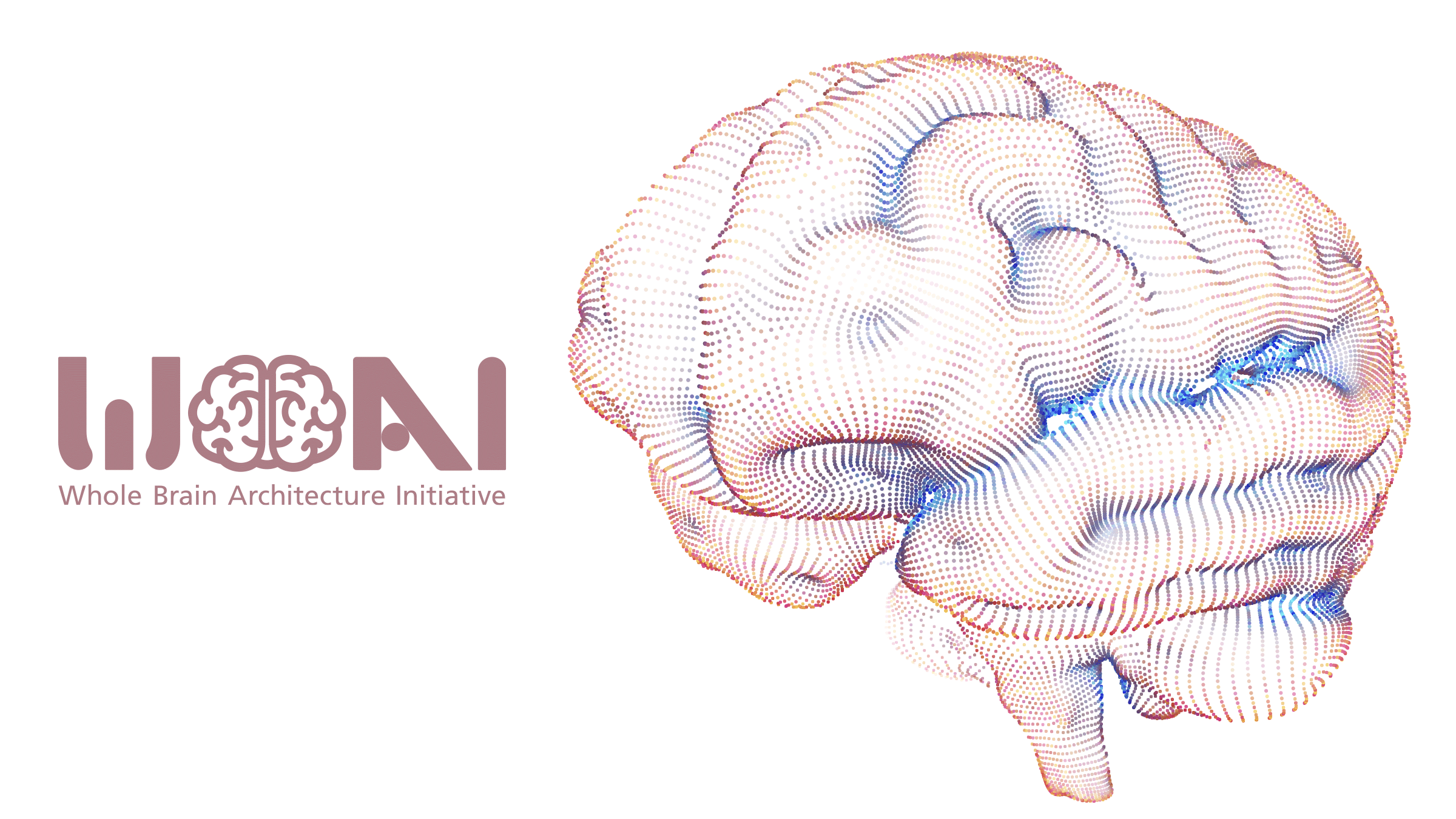Here present the past awardees of the WBAI Incentive Award, which is given to persons who achieved (potentially) prolific results in promoting the development of brain-inspired artificial general intelligence (AGI).
2024 Awardee
David Rawlinson
He has made continuous contributions to brain-inspired AI research over many years. Specifically, he pursues a biologically plausible approach that faithfully corresponds to brain functions, exploring innovative neural architectures. His research into structures that enable human-like reasoning and few-shot learning demonstrates the potential to overcome the limitations of current AI technology. Additionally, his current work on challenging problems, such as the ARC Challenge, highlights issues that cannot be solved by simply increasing the amount of data. This research is expected to advance significantly the development of brain-inspired artificial general intelligence and produce significant effects in the field.
2023 Awardee
Sūn, Yùwěi
In his research on knowledge reuse capability, a central one to AGI, he has proposed a new algorithm for distributed neural networks at the architectural level. In particular, by incorporating global workspace theory, which is closely related to brain mechanisms, he has promoted the intersection of AI and neuroscience. We appreciate his future potential as well as his showing the direction of further meta-learning research.
2022 Awardee
Hiroyuki Ohta
He published in an international journal the results of animal experiments showing that the learning rates for positive and negative reward prediction errors in the basal ganglia differed, and the results of a computer simulation showing that it was effective for reward acquisition in a reward sparse environment. He also gave a lecture on reinforcement learning in the brain at a seminar hosted by WBAI, and thus contributed to the construction of a decision-making mechanism in brain-inspired artificial intelligence.
2021 Awardee
Ayako Fukawa
She was the first to lead a research effort to build a brain reference architecture (BRA) by assigning computational functions consistent with the anatomy of the brain. She published the results of its application to the pathway integration function of the medial entorhinal cortex in an international journal. She was also involved in the formulation of the BRA construction method as the SCID method. These efforts have facilitated designing specifications of brain-inspired artificial intelligence for regions of the brain.
2020 Awardees
Matthew Crosby and Benjamin Beyret
They have implemented a virtual experimental environment, evaluation system, and other equipment as a platform to promote research and development of common sense reasoning held by animal intelligences (e.g., object persistence, numerical capabilities, and first-level causal inference), and used it to run a competition involving more than 60 teams from around the world. Such animal intelligence is the foundation of human-like intelligence, and this award is given in recognition of the promotion of technological development of artificial general intelligence through such activities.
Masahiro Suzuki
He has made significant academic contributions to the research and development of the deep generative models to serve for brain-inspired AI, notably in the proposal and development of Joint Multimodal Variational Autoencoder (JMVAE), which can convert information bi-directionally across modality differences, and the joint development of Neuro-Serket*, a cognitive system. Furthermore, he has propagated the effect of the models by promoting the implementation of the models with a tool called Pixyz that he produced. The award is given in recognition of these achievements that have promoted the technological development of the whole brain architecture.
(* SERKET = Symbol Emergence in Robotics tool KIT )
2019 Awardees
Naoto Yoshida
He conducted experiments in a 3D virtual environment to show that homeostatic properties such as food intake, poison avoidance, and energy gain emerge from the reinforcement learning algorithm, which is considered to be the problem of maximizing the probability of survival, and published the result on the Journal of Artificial General Intelligence. The emergence of behaviors for homeostasis will contribute the brain-inspired AGI development in terms of realizing autonomous survival, creating the basis for modeling emotions, and discussing the convergence of instrumental subgoals.
Haruo Mizutani
He launched a new research approach called “connectome informatics” to extract knowledge of the essential structure from neural circuits (connectome) for brain-inspired artificial intelligence, and made academic presentations in Japan and overseas. Connectome informatics continues as a research activity within WBAI also with a large exterior effect. He also created and operated the Nico Nico AI School, a hands-on meeting and online course, contributing to the fostering of brain-inspired artificial intelligence developers.
2018 Awardees
Masahiko Osawa
He proposed extended model of restricted Boltzmann machine (RBM), inspired by the hippocampus and based on the accumulator-based arbitration model (ABAM), a multi-module arbitration method inspired by the prefrontal cortex, and it was appraised in both inside and outside Japan. Both methods were made public and contributed to the public interest.
Akira Taniguchi
He proposed a model (SpCoSLAM) that integrates self-localization and map generation functions corresponding to the hippocampus, and word segmentation from speech information corresponding to the neocortex and clustering based on multimodal information such as positions, images and words. It was proposed and implemented, presented at academic conferences in Japan and overseas, and the source code has been released publicly.
2017 Awardee
Masayoshi Nakamura
He developed the AI learning environment called Life in Silico (LIS), which combines Unity the game engine and DQN-based agents in a form easy for general users to use. He organized a LIS hackathon with about 100 engineers and posted the result on numerous web media. LIS has a tutorial in a book, has been recognized as a tool for beginners, and has spread to the game industry as he gave a talk at the game conference CEDEC 2016. This has made a significant contribution to the promotion of technology development for the whole brain architecture.



 Japanese
Japanese